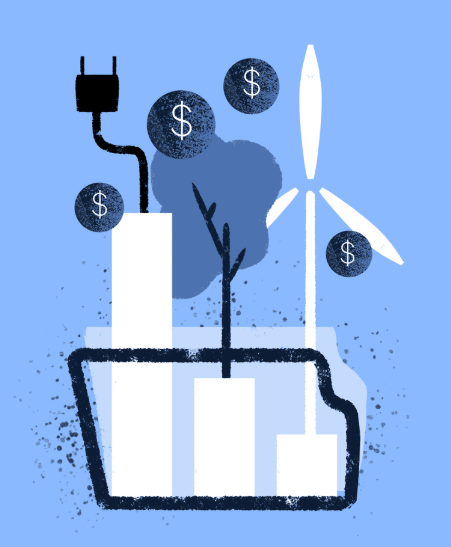For affluent individuals, retirement planning is about more than just maximizing returns; it’s an opportunity to align investments with personal values and contribute to societal good. By integrating social impact investing into your retirement strategy, you can secure your financial future while helping to bring about positive change in the world.
This article delves into the importance of social impact investing, its benefits, and how to seamlessly incorporate it into your retirement and charitable giving strategies.
What Is Social Impact Investing?
Social impact investing is the practice of directing capital toward companies, organizations, and initiatives that aim to achieve measurable social or environmental benefits alongside financial returns. This approach operates on the belief that it is possible to both generate strong financial performance and create a positive societal impact.
The Growing Popularity of Social Impact Investing
In recent years, social impact investing has gained significant traction. Investors are increasingly seeking ways to align their portfolios with their personal values, especially as awareness grows about global challenges such as climate change, inequality, and sustainable development. Many high-net-worth individuals are now choosing to invest in ways that foster social good.
Incorporating impact investments into your retirement portfolio not only helps diversify your assets but also creates a well-rounded investment strategy. A balanced portfolio typically includes a mix of equities, bonds, and alternative investments. By integrating socially responsible investments, you can aim for both financial growth and positive social progress.
Benefits of Social Impact Investing
Adding social impact investments to your retirement portfolio offers several advantages:
- Potential for Competitive Returns: Contrary to popular belief, impact investments can yield competitive financial returns, showing that profit and social responsibility can coexist.
- Risk Mitigation: Companies involved in social impact investing are often more resilient, with a stronger ability to manage risks and seize opportunities, leading to more stable long-term growth.
- Alignment with Personal Values: Investing in companies or initiatives that match your values can bring a sense of fulfillment, knowing that your wealth is supporting causes you care about.
- Positive Societal Impact: Your investments can directly contribute to solving issues like climate change, community development, and sustainable practices.
Merging Social Impact Investing with Charitable Giving
Social impact investing can also enhance your charitable efforts. By aligning your investments with your giving strategy, you create a more holistic approach to making a difference. Here are some ways to combine impact investing with charitable giving:
- Donor-Advised Funds (DAFs): DAFs allow you to recommend grants to charities while continuing to grow the funds through impact investments.
- Charitable Remainder Trusts (CRTs): CRTs provide you or your beneficiaries with income, with the remaining funds going to a charity, all while investing for social good.
- Foundation Investments: If you run a foundation, consider allocating some of its assets to impact investments to further its charitable mission.
Types of Impact Investments for Retirement
Social impact investing offers various asset classes that can be incorporated into retirement portfolios. Here’s an overview of some key options:
- Private Markets: Investing in private equity, venture capital, or directly in mission-driven businesses allows you to support innovative startups focused on community impact. For example, investing in a renewable energy company or a healthcare startup targeting underserved populations can contribute to both societal and financial growth.
- Public Equities: Stocks of publicly traded companies, especially those with strong environmental, social, and governance (ESG) practices, are another avenue for impact investing. Impact-focused ETFs and mutual funds allow for easy access to companies committed to sustainability, offering both diversification and professional management.
- Fixed-Income Instruments: Impact bonds, including green bonds, help fund projects with positive community outcomes, such as affordable housing or renewable energy projects. These bonds can provide stable income while supporting societal goals.
Human Investment Guidance vs. Robo-Advisors
When it comes to managing your retirement portfolio, personalized advice from a human advisor is often superior to relying solely on robo-advisors. While robo-advisors offer automated, algorithm-driven investment strategies, they lack the personalized approach and nuanced understanding that a human advisor can provide.
A skilled financial advisor can help you navigate impact investing, tailoring your portfolio to align with your specific financial and personal goals. They will perform due diligence, ensure that investments align with your values, and offer continuous support. Robo-advisors, on the other hand, may overlook these personalized factors and focus only on broad, generalized solutions.
Conclusion
Integrating social impact investing into your retirement portfolio is a powerful way to build financial security while making a positive difference in the world. By thoughtfully combining these investments with your charitable giving strategy, you can create a comprehensive approach to retirement planning that reflects both your financial goals and your values.



